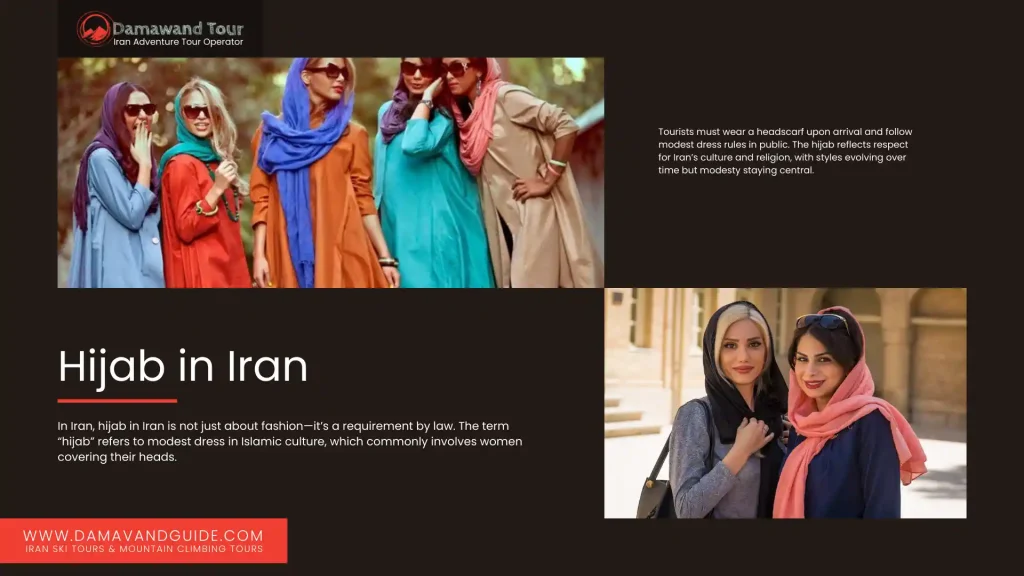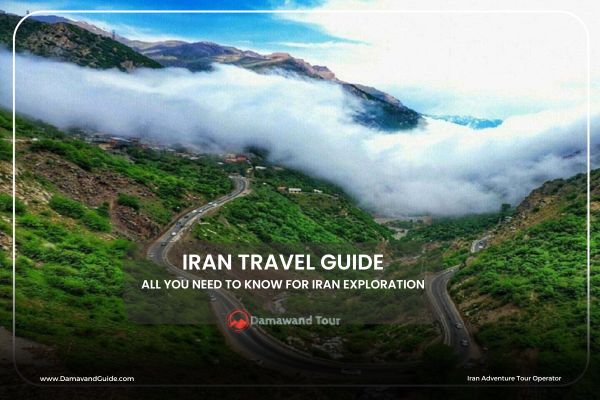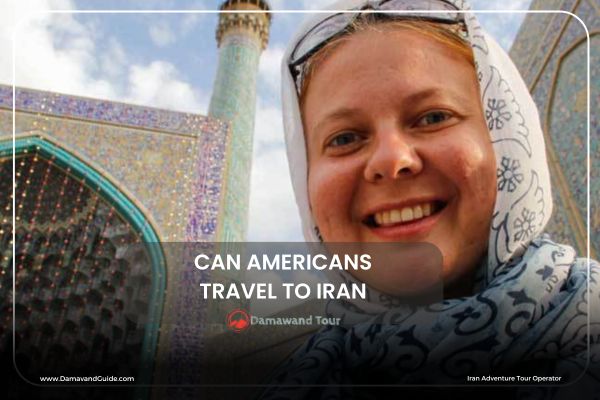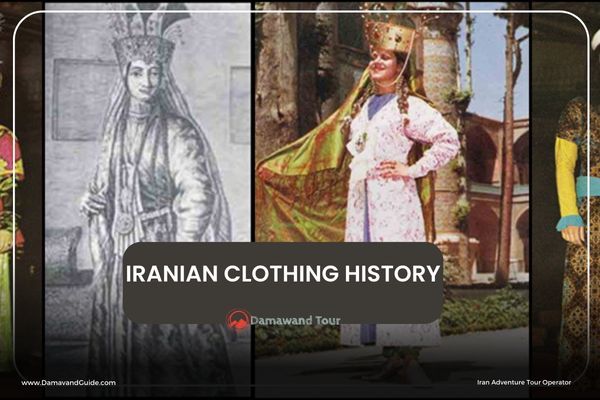
Iran Travel Guide: All You Need to Know for Iran Exploration
May 1, 2024
Chelgard Ski Resort in Iran | Ultimate Guide
June 8, 2024Iran dress Code | What to Wear in your trip to Iran
Iran dress code is a set of rules for how people should dress in Iran. These rules are different for men and women and can change depending on the situation. Iran dress code for women requires them to cover their hair with a scarf and wear loose-fitting clothes that cover their arms and legs. Men also have to follow rules; Iran dress code for men means no shorts or sleeveless shirts in public.
Tourists in Iran should respect these dress codes. Iran dress code for tourists is similar to that for locals. Women tourists should wear a headscarf and modest clothing, while men should avoid shorts. Following these rules helps tourists show respect for local customs.
Even during special events, the dress code remains important. At a death ceremony, Iran dress code means wearing black or dark colors, and women still need to cover their hair. Understanding these dress codes helps everyone respect Iranian culture.
By knowing and following the Iran dress code, both locals and visitors can show respect and enjoy their time in Iran. The rest of this article will give more details and tips to help you understand these rules better.
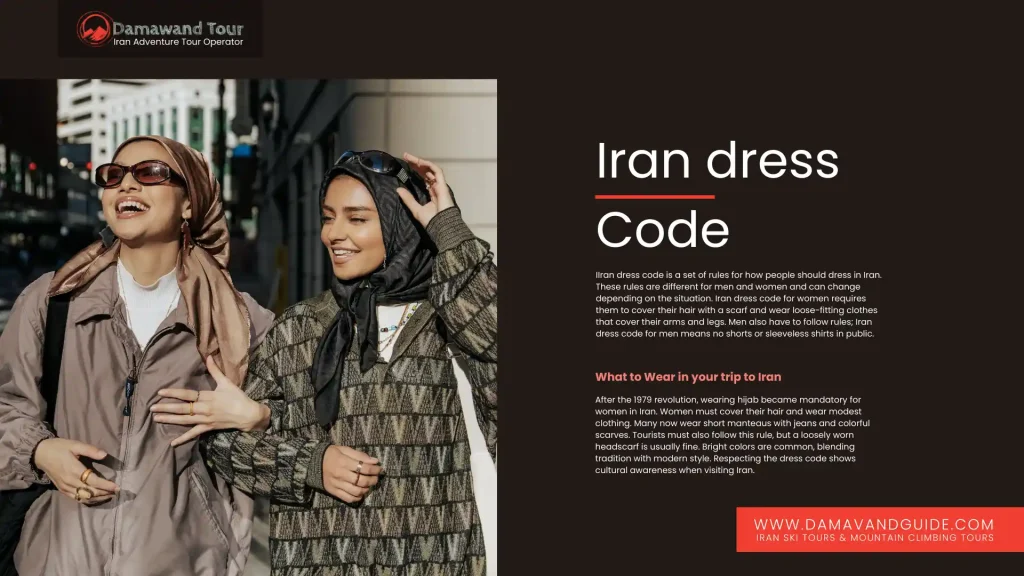
What is the Dress Code in Iran?
Iran dress code requires all women to wear the Islamic hijab after they reach puberty. Following the Iranian Revolution in 1979, Islamic rules were put in place, making it mandatory for women to wear hijab. In Islam, hijab means modest dressing, particularly covering the head.
Initially, most women wore a “Chador,” which is a long piece of black cloth covering the entire body from head to ankles. Over time, many women switched to wearing a “Manteau” (a long coat) instead of the Chador and covered their hair with a shawl (headscarf).
As years passed, Manteaus became shorter, and vibrant colors became more popular. Today, Iranian women often wear short Manteaus or Manteaus without buttons over a shirt and jeans or long skirts, paired with colorful shawls to cover their heads.
This law applies to both Iranian residents and tourists. Iran dress code for tourists requires women to cover their hair, but you will notice a variety of styles; a scarf that partially covers the hair is usually acceptable.
Regarding fashion, Iran embraces the use of vibrant clothing colors. Bright and cheerful colors like blue, green, brown, cream, and turquoise are common choices. These shades not only complement the colorful architecture of places like Isfahan’s mosques but also enhance the beauty of Iran’s landscapes and cityscapes.
The Iran travel dress code guide is essential for those planning a trip. It helps ensure that travelers respect local customs and laws.
Iran travel considerations also include understanding that, while modesty is key, there is room for personal expression within the dress code. This blend of tradition and modernity allows visitors to experience the rich culture of Iran while adhering to its dress guidelines.
Hijab in Iran
In Iran, hijab in Iran is not just about fashion—it’s a requirement by law. The term “hijab” refers to modest dress in Islamic culture, which commonly involves women covering their heads.
This rule applies to all women in Iran, including visitors from other countries. When you’re in public areas, you need to wear a headscarf. Many local women wear their scarves loosely, allowing a bit of hair to show at the front and back. You can buy these scarves in local shops or opt for hats, especially in the colder months.
The concept of hijab for tourists is slightly more lenient, considering their unfamiliarity with the practice. Travelers should remember that as soon as they step off the plane at any Iranian airport, they must wear a hijab. This rule helps ensure respect for cultural norms.
Besides covering the head, hijab also involves dressing modestly, which includes wearing clothes that don’t reveal the shape of the body. This practice of indoor clothing in Iran for women is a sign of respect to the local customs and religion.
Iranian clothing history shows a deep connection between culture and women’s fashion. Over the years, the styles and requirements have evolved, but the essence of modesty has remained central. Whether you are visiting historical sites or modern cities in Iran, observing these dress codes is essential for all women.
Indoor dress code in Iran
In Iran, men and women need to follow a dress code in public areas. This means when you’re in public places like streets, parks, hotel lobbies, or restaurants, you have to dress according to the rules. However, the indoor dress code in Iran is different. When you’re inside a private place like someone’s house or a hotel room, you can choose what you want to wear. This includes both locals and travelers. If you’re invited to an Iranian home, it’s respectful to avoid very revealing clothes to honor their beliefs.
Women can remove their Hijab in women-only areas like beauty salons and gyms. But remember, places like cars, hotel lobbies, and restaurants are still considered public, so the dress code applies there too.
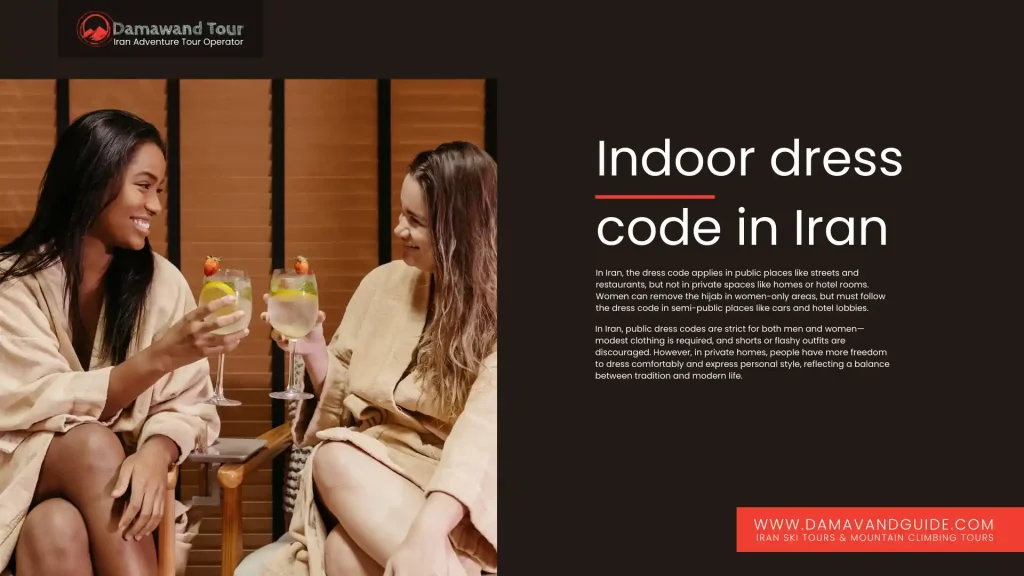
Dress regulations in Iran apply mainly to what you wear outside. Inside private homes, there are no strict rules. People visiting an Iranian household can wear comfortable clothes and express their style freely. Some Iranian women like to dress as they prefer at home, while others may choose to wear traditional Islamic attire. These choices show cultural diversity and respect for personal beliefs in private settings.
When visiting Iran, male tourists should dress modestly. Shorts are not allowed, and it’s better to avoid bright and flashy shirts like Hawaiian prints. Casual wear is mostly acceptable, but tracksuit bottoms are usually for indoor or gym activities, not for walking on the streets.
Short sleeves are fine for tourists to wear during casual activities like sightseeing and shopping. But it’s best to dress conservatively for formal occasions like business meetings or events.
The dress code in Iran is different for public and private spaces. While the public dress code is strict, indoor clothing in Iran, whether for men or women, allows for more freedom and personal choice. This balance shows Iranian society’s mix of tradition and modernity, respecting both public rules and private freedoms.
Dress Code for Women in Iran
In Iran, women’s attire is known for its elegance and modesty. The Iran dress code for female travelers includes specific garments such as the “Hijab” and the “Manteau,” each with its own significance. This guide will help you understand these clothing items and offer styling tips to blend modern fashion with traditional dress code requirements.
Headscarf (Hijab)
The Hijab is a crucial part of the Iran dress code for women. It covers the hair and neck, symbolizing modesty and religious devotion. Iranian women often wear colorful scarves that match their outfits, allowing personal expression while respecting the dress code. Regular hats with good coverage or Buff scarves are also common, especially on mountain tours.
Manteau or Coat
Women in Iran wear a manteau or coat that covers their body shape and reaches at least mid-thigh length. These garments should be loose-fitting to ensure modesty and comfort. Neutral colors or subtle patterns are recommended for a modest and elegant look. This allows women to express their style within the boundaries of the dress code.
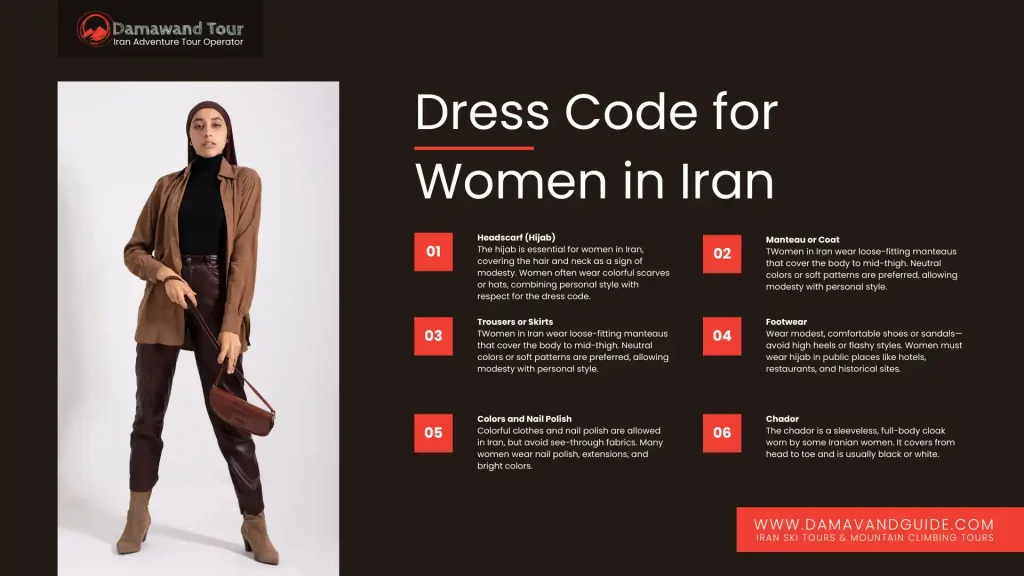
Trousers or Skirts
Underneath the manteau, women can wear loose-fitting trousers or long skirts that cover the legs. Skirts should be long enough to align with dress code guidelines, promoting modesty and fitting with Iranian cultural norms. It’s important to choose fabrics suitable for the climate, ensuring comfort and breathability.
Footwear
Choose shoes or sandals that offer comfort and modesty. Avoid high heels or flashy footwear and opt for more conservative styles. This ensures that your overall attire remains modest and respectful. Comfortable footwear is particularly important for exploring Iran’s historical sites and diverse landscapes. Women must wear the hijab in public areas such as hotel lobbies, restaurants, and historical monuments.
Colors and Nail Polish
There are no restrictions on colors, but see-through clothes must be avoided. Painted nails are fine. Iranian women enjoy wearing colorful nail polish, and long nails, nail extensions, and polished nails are quite common. Feel free to use nail polish during your trip to Iran.
Chador
The chador is a round piece of cloth, often black or white, worn by some women in Iran. This Islamic garment covers the body from the top of the head to the toes, is sleeveless, and is held in place by hand or a pin.
Additional Women’s Clothing Guidelines in Iran
Women should wear a loose sweater, tunic, or manteau long enough to cover the lower waist. Sleeves must reach the elbows, and legs must be covered to just above the ankles.
Jeans, leggings, ripped jeans, and loose skirts and dresses are allowed. Women must cover their hair using a headscarf or shawl, which can be purchased at any market or shopping center in Iran. It’s acceptable to show the front part of the head and wear the shawl halfway, as many Iranian women do. Covering the neck is not obligatory, and you can wear your shawl loosely.
Understanding the Iran dress code for women helps you dress appropriately and respectfully during your visit. By following these guidelines, you can enjoy your trip while blending modern fashion with traditional modesty.

Iran Dress Code for Men
The dress code for men in Iran mixes old traditions with modern styles. The “Iran Dress Code for male” emphasizes modest and respectful clothing that follows Islamic principles.
Men in Iran are expected to dress in a way that shows respect for their culture, but they can still look fashionable by adding modern touches to their outfits. Understanding and following the “Iran Dress Code for men” helps individuals respect local customs and appreciate the rich culture of this country.
Generally, there are no strict rules for men’s clothing in Iran. However, it’s important to respect local customs, especially in religious cities like Kashan, Qum, or Mashhad.
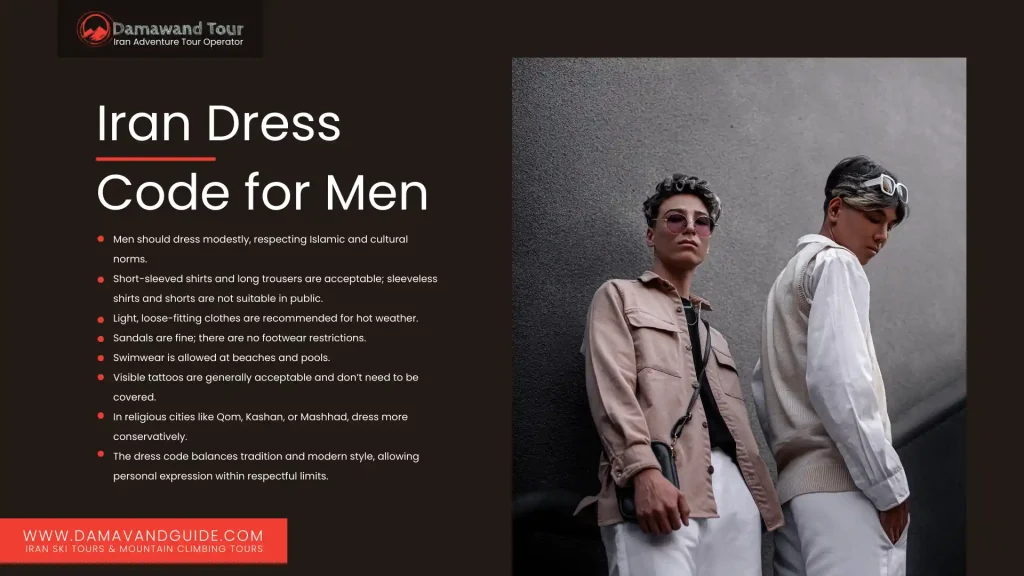
Shirt, Trousers, and Footwear
Men can wear short-sleeved shirts and long trousers. While shorts are not banned, they are uncommon, so it’s better to stick to long trousers. In summer, wearing light-colored, loose-fitting clothes can help you stay cool. There are no restrictions on footwear, and sandals are a good choice for hot weather.
The “men’s dress code in Iran” is straightforward. Men can wear almost any type of clothing, except for sleeveless shirts and shorts in public areas. However, swimwear is allowed at beaches and pools.
Tattoos for Men
Tattoos have become popular in recent years, especially among young people. If you have visible tattoos, there is no need to cover them.
The dress code for men in Iran balances tradition and modernity. By respecting these guidelines, men can show their respect for Iranian culture while also expressing their personal style.

Formal Dress Code in Iran
When talking about the Iran formal dress code, it is important to know what to wear for different events. For men, wearing a suit is the norm at business meetings and formal gatherings.
This includes a jacket and pants that match, usually in darker colors. A unique thing about men’s business wear in Iran is that they often do not wear ties, especially if they work in the government or for companies related to the government.
The formal dress code for women in Iran is different. Businesswomen usually wear a “mango,” a long coat that covers their clothes, and a scarf to cover their hair. These items are necessary for both business and formal events. The mango can vary in style and color, but it must be modest and appropriate for the occasion.
Despite these guidelines, it is not uncommon for people to see a mix of styles, especially from foreigners. Visitors are not strictly required to follow local dress customs to the letter.
Iranians understand that guests might have their own way of dressing. For example, foreign dignitaries and diplomats often wear ties during their visits. Similarly, private sector businessmen in Iran might choose to wear ties as well.
When planning a business trip to Iran, consider these dress codes. Even though ties are not a must, bringing one along can be useful for certain situations where more formal attire might be appreciated. On the other hand, women should ensure they have suitable mantos and scarves for their meetings and events.
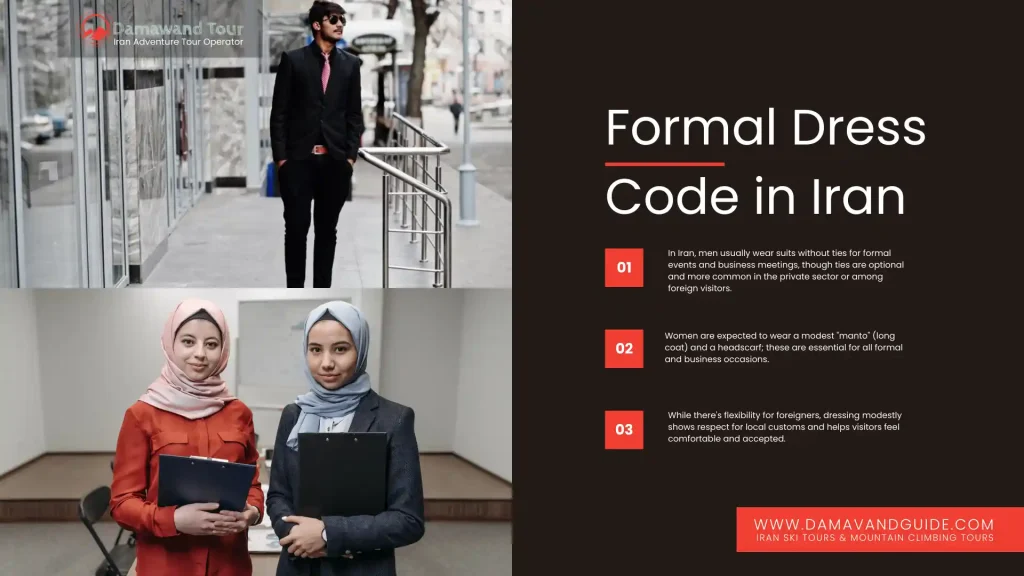
The Iran dress code for meetings is generally conservative. Men should wear suits without ties unless they feel it is necessary or are used to wearing them. Women need to wear their mantos and scarves properly, ensuring they meet the modesty standards expected in Iran.
For visitors who are unsure about what to pack, it is best to err on the side of caution and bring formal, modest clothing. Men should have a few suits and women should have several mantos and scarves. This preparation ensures they will be appropriately dressed for any business meeting or formal event.
Understanding the Iran dress code for business trips and formal events can help visitors feel more comfortable and respected. While there is flexibility for foreigners, following the general guidelines shows respect for local customs.
Men should wear suits and consider ties optional, while women must wear mantos and scarves. This approach to dressing will ensure that visitors are well-prepared and show proper respect for Iranian culture and traditions.
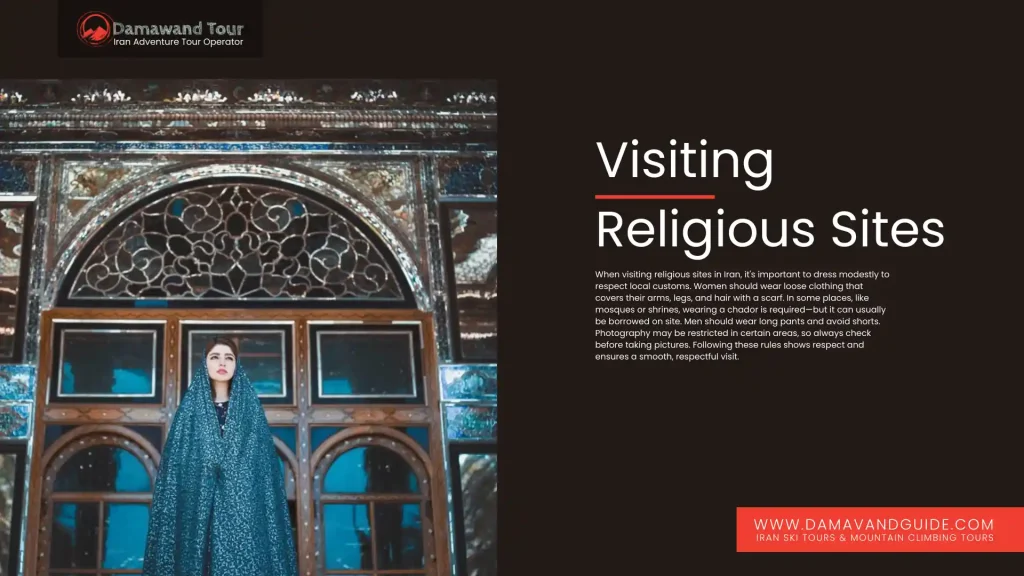
Visiting Religious Sites like Mosques in Iran
When you visit religious sites in Iran, it’s very important to follow the Iran Dress Code for Visiting Religious Sites. This shows respect for their customs and traditions. Here’s what you need to know:
When you visit sacred places, choose modest clothing. Women should wear loose clothes that cover their whole body, including arms and legs. They also need to cover their hair and neck with a scarf.
Men should avoid wearing shorts and stick to wearing long pants. Wearing a chador is not required everywhere in Iran, but it is necessary in some religious places like mosques and holy shrines. If you need to wear a chador, you can borrow one at the site. Chadors often have a strap to help keep them in place.
You can hold the front of the chador with your hand for extra coverage. Usually, you wear the chador over your regular clothes. The chadors in holy places often have colorful patterns, while those worn by religious women are usually black and plain. Many women in Iran prefer to wear a manteau or tunic instead of a chador.
When it comes to photography, remember that some religious sites have strict rules. There may be areas where you are not allowed to take photos. Always respect these rules and avoid taking pictures in restricted areas. If you’re not sure, ask for permission before taking any photos.
By following these guidelines, you will show respect for the local customs and ensure a pleasant visit to these beautiful and sacred sites.
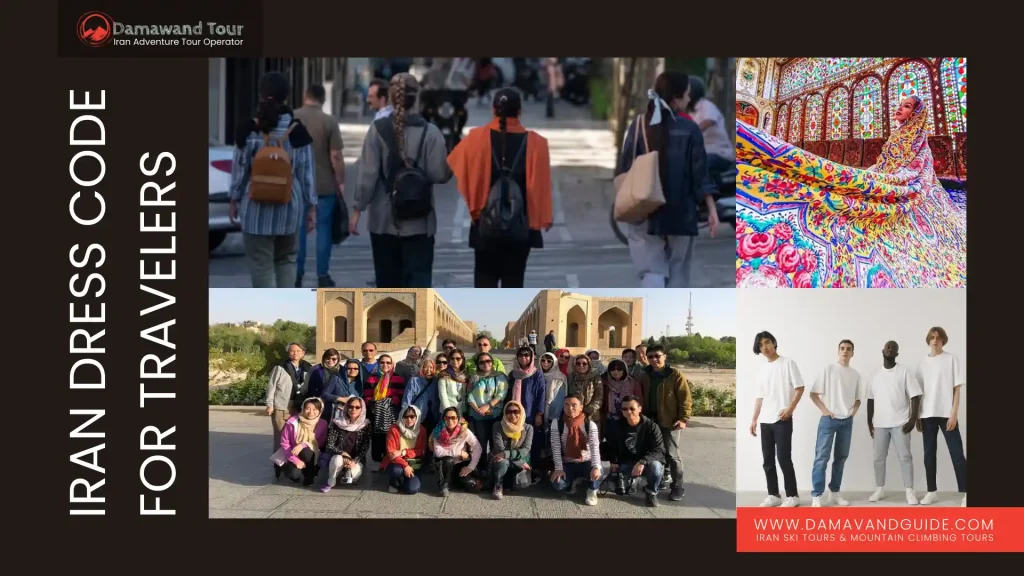
Iran dress code for travelers
When you are planning a trip to Iran, understanding the Iran dress code for travelers is essential. It’s important to know that some religious places in Iran restrict taking photos, especially in areas marked as no-photography zones. Always ask for permission if you’re unsure whether you can take pictures.
What to Wear in Iran to Respect Local Customs
Men and women should avoid tight or revealing clothes. This includes clothing that shows off the shoulders, stomach, or legs. It’s better to wear modest outfits to show respect for the local culture.
Do not wear clothes that are sheer or see-through, as these can show undergarments or parts of your body. Choose clothing made from materials that aren’t transparent to keep modest.
Men should also skip shorts and tank tops, especially in religious or traditional areas. It’s safer to wear long pants and shirts with sleeves.
Stay away from clothing with bold or offensive prints. It’s best to wear simple patterns or plain colors without any provocative images or text.
High heels are not practical in Iran. Wear comfortable, flat shoes because you’ll likely be walking a lot, sometimes on uneven surfaces.
Examples of Proper Clothing for Travelers in Iran
For female tourists following the Iran dress code for tourists, here are some outfits that work well:
- A long, loose dress that covers the knees, with long sleeves, possibly over jeans or opaque leggings, and a scarf for the head.
- A long tunic or blouse over trousers or a skirt, always with a scarf.
- A maxi dress or skirt with a loose top, accompanied by a scarf.
- Pants or jeans with a long-sleeved, loose shirt or blouse, and a scarf.
For male tourists:
- Long trousers with a buttoned-up shirt or a polo.
- Traditional Iranian clothes like a “qameez” or “shalwar kameez,” which is a set of loose trousers and a long shirt.
- Jeans or casual pants with a laid-back shirt or T-shirt.
- For more formal occasions, a suit jacket or dress shirt with trousers.
Always remember to wear loose clothing. Women should make sure their scarf covers their hair and neck properly.
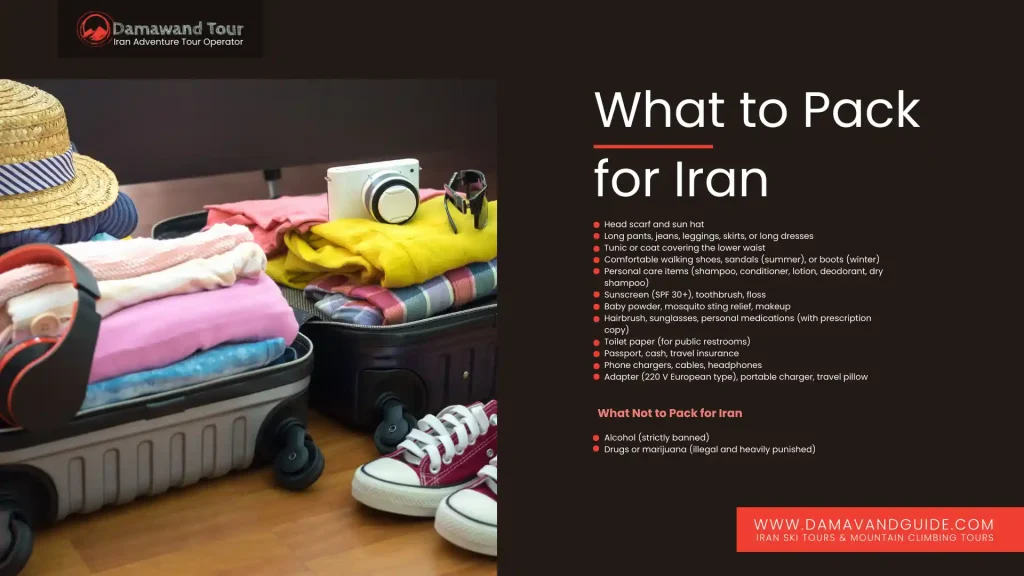
What to Pack for Iran – Iran Packing List
Here’s a basic packing list for your trip to Iran:
- Underwear and bras
- Socks
- Head scarf and hat to guard against the sun
- Long pants, jeans, leggings, skirts, or long and loose dresses
- A coat or tunic long enough to cover your lower waist
- Sandals for summer, boots for winter
- Comfortable walking shoes
- Personal care items like shampoo, conditioner, lotion, and dry shampoo for camping or hiking trips
- Sunscreen with at least SPF 30
- Toothbrush and floss (most hotels provide toothpaste)
- Deodorant and baby powder to avoid heat rash
- Makeup and mosquito sting relief, especially if traveling to northern or southern Iran
- Hairbrush, sunglasses, and personal medications with a copy of your prescription
- Toilet paper (as it’s not provided in most public restrooms)
- Travel insurance, passport, cash, chargers, headphones, cables
- Adaptors for the standard 220 V European-type outlets
- Portable chargers and travel pillow
What Not to Pack for Iran
Avoid bringing alcohol as it’s banned and will be confiscated at the airport. Also, do not bring drugs or marijuana.
Understanding and respecting the Iran clothing tips for tourists can make your visit more enjoyable and hassle-free. Always check additional guidelines based on where you plan to go or activities like trekking or skiing for any extra needed equipment.
Iran Adventure Tours | Explore the Best of Iran
Iran tourism is growing fast, and Iran Adventure Tours offer exciting ways to see the country. If you love nature and thrill, traveling to Iran is a great choice. From hiking in the Alborz mountains to exploring the vast deserts, there’s something for everyone. Many tour operators in Iran specialize in adventure tours, making it easy for you to plan a perfect trip.
Before you travel to Iran, make sure to check the Iran visa requirements for your country. It’s important to plan ahead so you can enjoy your trip without any issues. Whether you want to trek through forests, climb mountains, or camp under the stars, Iran’s diverse landscapes are ready for you.
When you book with an Iran adventure tour operator, they will take care of everything, including transport, guides, and accommodation. This way, you can focus on enjoying your adventure and discovering the beauty of Iran.
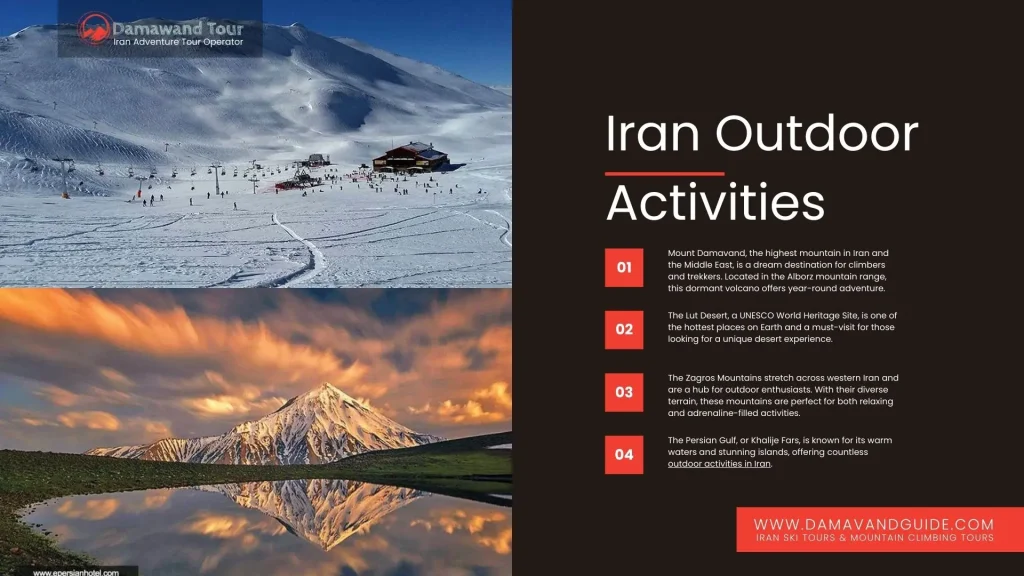
Conclusion
In conclusion, understanding the Iran dress code is vital for anyone planning to visit this beautiful country. From the intricate Iranian clothing history, which showcases a deep respect for modesty and tradition, to the specific guidelines like the Iran dress code for female travelers, it’s clear that clothing plays a significant role in Iranian culture.
By following these guidelines, travelers can show respect for local customs and fully enjoy their experience in Iran. Whether you’re exploring bustling cities or tranquil landscapes, dressing appropriately will help ensure that your visit is comfortable and respectful. Remember, when in doubt, opt for modesty in both attire and behavior to honor the rich cultural tapestry of Iran.


